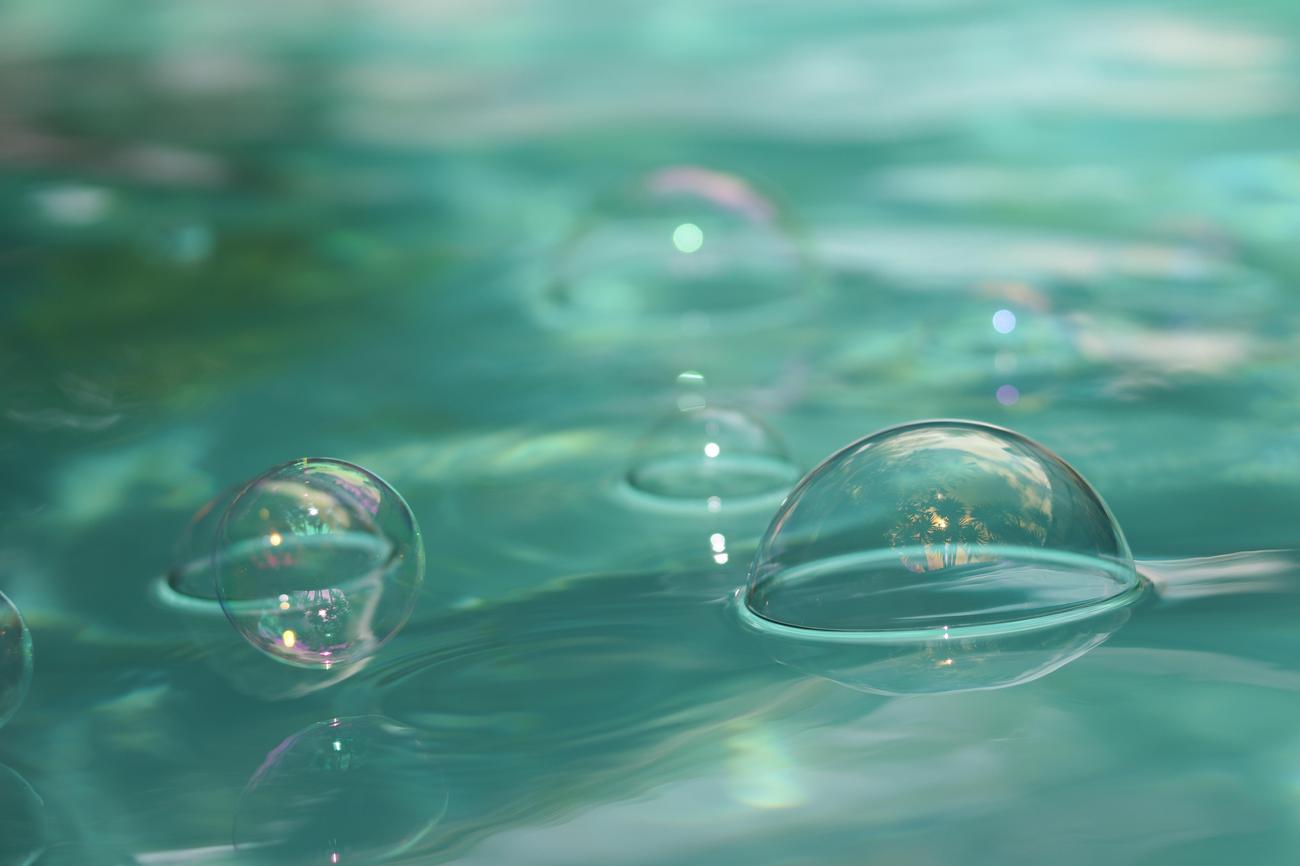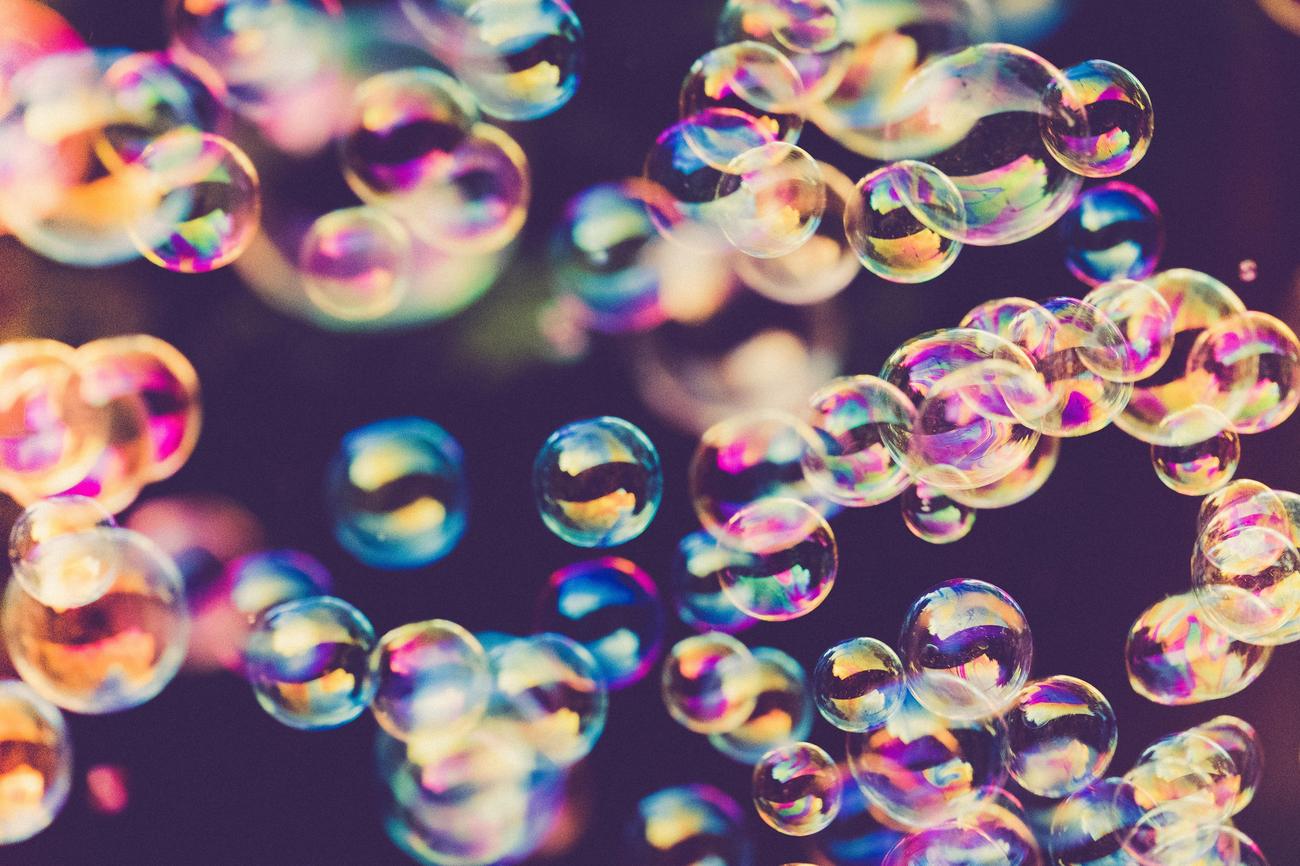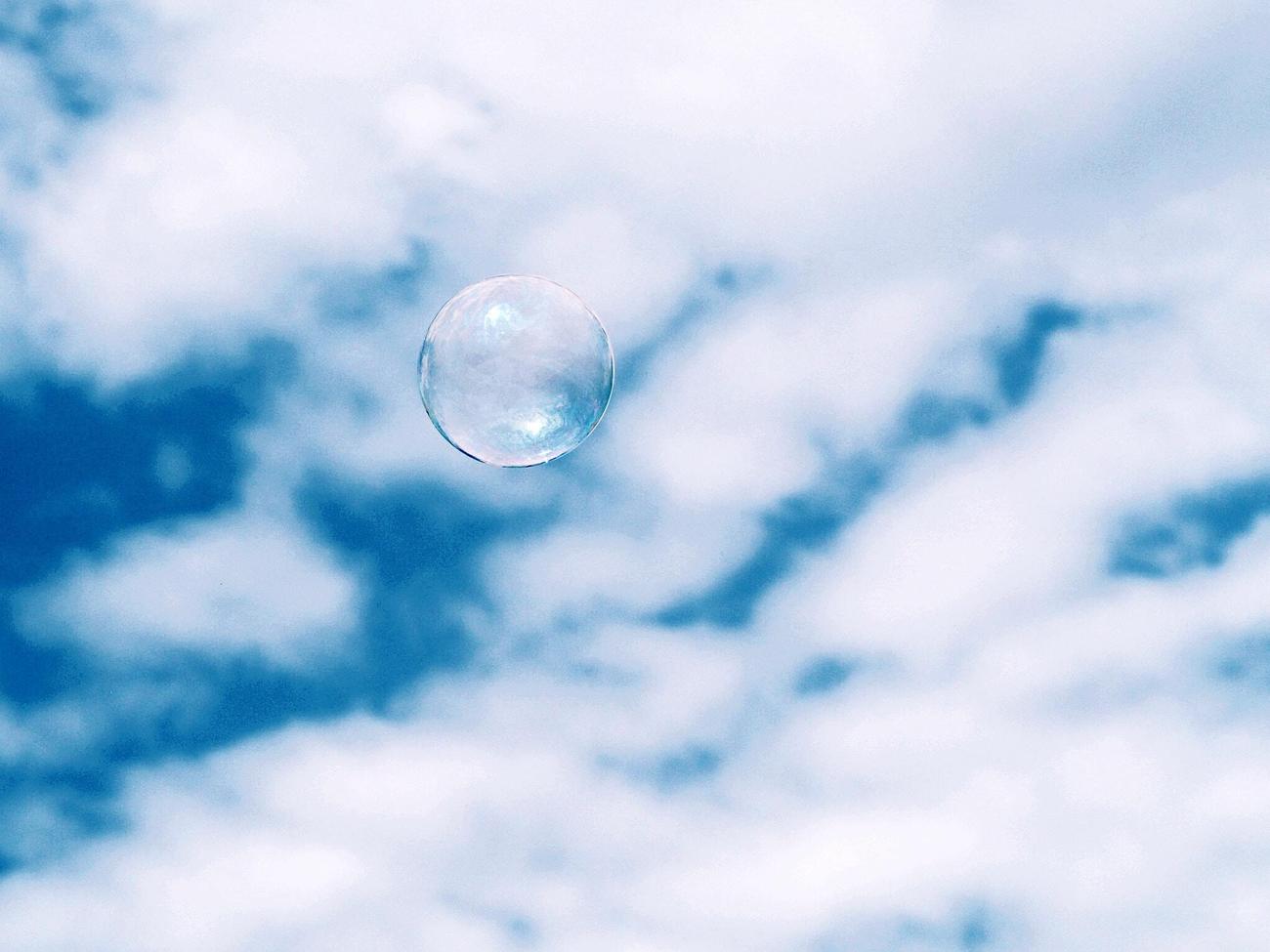Unveiling the Mechanics: The Science Behind Bubble Wrap’s Bubbles

Picture this: you receive a package in the mail, eagerly unwrapping it to reveal a precious item nestled within a cocoon of transparent, cushiony material. Yes, that’s right – bubble wrap. But have you ever wondered why it has those delightful bubbles that we just can’t resist popping? Unveiling the Mechanics: The Science Behind Bubble Wrap’s Bubbles dives deep into this intriguing question, exploring the origins and secrets behind the iconic bubbles that make bubble wrap such a popular packaging material. As an experienced packaging engineer with a passion for unraveling the mysteries of everyday objects, I’ll be your guide on this fascinating journey into the world of bubble wrap’s design and manufacturing processes. Prepare to be amazed as we delve into the science behind this ingenious invention, enriching your knowledge and appreciation for this seemingly simple but profoundly impactful packaging material.
Why does bubble wrap have bubbles?
Bubble wrap. We’ve all encountered it at some point in our lives, whether it’s when we receive a package in the mail or when we’re unpacking fragile items during a move. There’s something strangely satisfying about popping those little bubbles and feeling that sense of relief. But have you ever stopped to wonder why bubble wrap has bubbles in the first place? Let’s dive into the mechanics and science behind this ingenious packaging material.
At its core, bubble wrap is designed to provide cushioning and protection for fragile items during transit or storage. The bubbles that make up its signature texture play a crucial role in achieving this objective. But how exactly do these bubbles come to be?
The manufacturing process of bubble wrap involves sandwiching one or two layers of foil with encapsulated air bubbles pressed in between. These bubbles are created by a process called bubble extrusion, where molten plastic is stretched and inflated to form the characteristic bubbles. This process enables the entrapped air to distribute impact forces, effectively absorbing shock and protecting fragile items.
But what purpose do these bubbles serve? The answer lies in the physics of heat transfer. You see, bubble wrap works by utilizing trapped air to slow down the transfer of heat. When a package is wrapped in bubble wrap, the air gap created by the bubbles acts as insulation, preventing the transfer of heat from one surface to another. This property is crucial in protecting sensitive items from temperature fluctuations, such as during shipping or long-term storage.
As a packaging engineer, I often encounter questions about the proper way to use bubble wrap. It’s essential to note that for optimal protection, the bubbles should face inward, touching the item being wrapped. This arrangement offers increased cushioning and reduces the chance of the bubbles popping, ensuring that delicate items remain safe and secure. Remember, it’s all about creating a protective barrier between the item and any external forces.
So, what are the benefits of using bubble wrap? Well, besides its ability to protect fragile items, bubble wrap also offers a lightweight packaging solution that can be easily customized to fit various shapes and sizes. Its versatility and adaptability make it a popular choice across different industries, from electronics to pharmaceuticals. Moreover, bubble wrap is reusable, making it a sustainable option for reducing waste in packaging.
To summarize, bubble wrap’s bubbles are not merely an aesthetic feature but a vital component of its functionality. The encapsulated air within these bubbles acts as insulation, slowing down the transfer of heat and providing cushioning and protection for delicate items. So the next time you encounter bubble wrap, take a moment to appreciate the mechanics and science behind its bubbles. They’re not just for popping; they’re the key to keeping your fragile items safe and sound.
“The encapsulated air within bubble wrap acts as insulation, providing cushioning and protection for fragile items.”
Bubble wrap is not just for packing fragile items anymore. Did you know that this iconic packaging material has some fascinating fun facts? Discover the surprising history and unique uses of bubble wrap by clicking here: fun facts about bubble wrap. Prepare to be amazed as you uncover the hidden wonders of this beloved bubbly invention. Whether you’re a bubble wrap enthusiast or simply curious about its quirky origins, this link is a must-click for anyone seeking a dose of bubble wrap trivia. So, go ahead and indulge your curiosity – you won’t be disappointed!

FAQ
Question 1
Why does bubble wrap have bubbles?
Answer 1
Bubble wrap has bubbles because it uses trapped air to slow the transfer of heat. It is made of one or two layers of foil with encapsulated air bubbles pressed in between. The air gap in bubble wrap prevents heat from bleeding through into the ceiling and outside, providing insulation.
Question 2
Should the bubbles of bubble wrap face inward or outward when wrapping an item?
Answer 2
When using bubble wrap, the bubbles should face inward, touching the item being wrapped. This positioning offers more cushioning and reduces the chance of the bubbles popping, providing better protection for the wrapped item during transport or storage.
Question 3
What is the purpose of using bubble wrap?
Answer 3
Bubble wrap is primarily used to create a cushioning effect and keep wrapped items safe during transport or storage. The bubbles in bubble wrap act as a protective barrier, absorbing shock and preventing damage to delicate or fragile objects.
Question 4
Are there any other benefits to using bubble wrap?
Answer 4
Yes, aside from its cushioning properties, bubble wrap also offers other benefits. It is lightweight and flexible, making it easy to wrap items of different shapes and sizes. Bubble wrap is also recyclable, which contributes to environmental sustainability when disposed of correctly.
Question 5
In what other industries or applications is bubble wrap commonly used?
Answer 5
Bubble wrap is widely used in various industries and applications. It is commonly used in the packaging and shipping industry to protect fragile items during transit. It is also utilized in the electronics industry to provide cushioning for sensitive electronic components. Additionally, bubble wrap is used in the art and craft industry as a creative material for various projects.
“`json
“`
- Senior at What Age: Benefits & Eligibility Guide - March 29, 2025
- Unlocking Senior Benefits: How Old is a Senior? Your Complete Guide - March 29, 2025
- Master Russian Politeness:A Guide to Saying Please - March 29, 2025
















